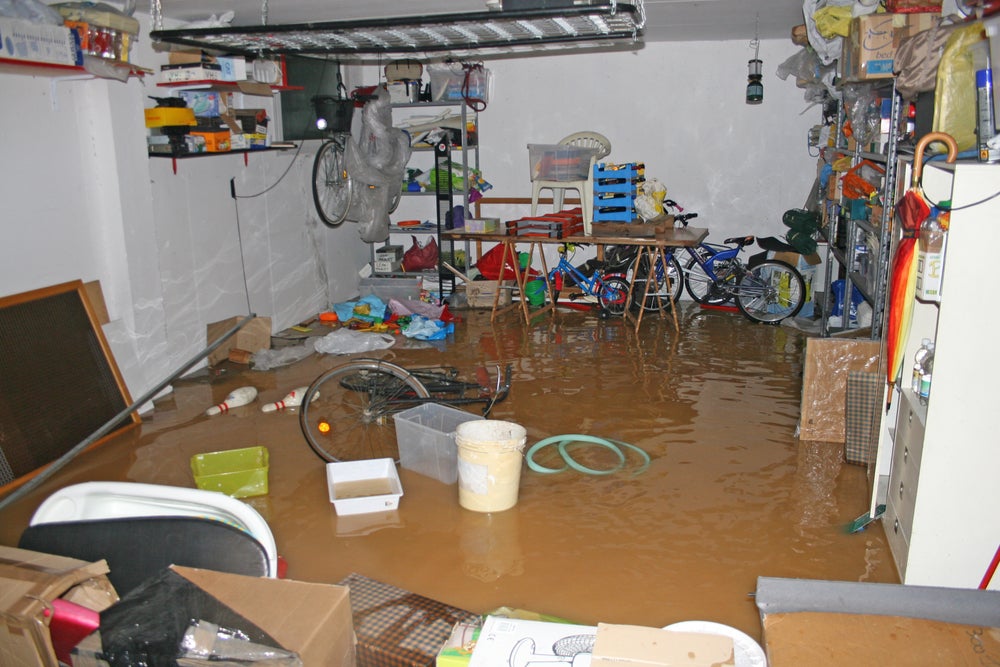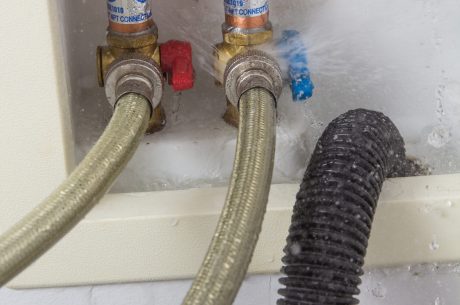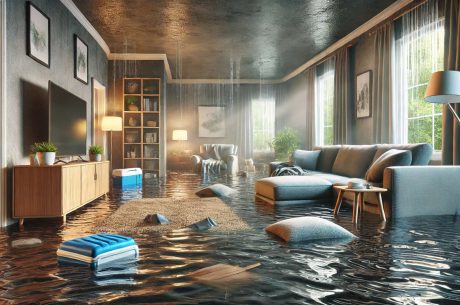
If a pipe bursts in your home, it’s crucial to act quickly to minimize damage and address the issue. Here’s a step-by-step guide on what to do:
- Turn Off the Water Supply:
- Locate the main water shut-off valve in your home and turn it off. This valve is usually located where the water line enters your home or in the basement. Turning off the main water supply will stop the flow of water and prevent further damage.
- Drain Faucets:
- Open all faucets in the affected area to drain any remaining water in the pipes. This will help reduce pressure in the system.
- Turn Off Electricity:
- If water is near any electrical outlets or appliances, turn off the electricity to the affected area to prevent the risk of electric shock. If you’re unsure how to do this safely, contact an electrician.
- Identify the Burst Pipe:
- Try to locate the burst pipe. If it’s a small, visible leak, you may be able to patch it temporarily with a pipe repair clamp or plumber’s tape. However, if the burst is significant or hidden, it’s best to call a professional plumber.
- Call a Plumber:
- Contact a licensed plumber to assess and repair the burst pipe. Professionals have the expertise and tools to handle the situation properly. Make sure to explain the urgency of the situation.
- Contact PuroClean of Rahway
- You’ll want a professional to clean up any standing water to prevent water damage and mold growth. PuroClean of Rahway is equipped to handle these situations from start to finish.
- Document the Damage:
- Take photos or videos of the damage for insurance purposes. This documentation can be helpful when filing a claim.
- Contact Your Insurance Company:
- Notify your homeowner’s insurance company about the incident as soon as possible. Provide them with the documentation you collected and follow their instructions for filing a claim.
- Prevent Freezing:
- If the pipe burst due to freezing, take steps to prevent it from happening again. Insulate pipes in vulnerable areas and consider adding insulation to your home.
- Monitor for Mold:
- Keep an eye out for signs of mold in the affected area in the days and weeks following the incident. If you notice any mold growth, address it promptly to prevent further damage and potential health issues.
Remember that safety is a top priority. If you’re unable to handle the situation yourself or if the damage is extensive, don’t hesitate to seek professional help.


